Organic Soil: Discover the Benefits of Godesana's Sponsorsite
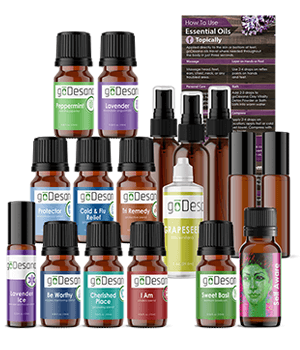
GoDesana is a company that offers a variety of organic products, including essential oils, nutritional supplements, and personal care items. One of their product lines is focused on organic soil products, which are designed to help gardeners and farmers grow healthy, nutrient-rich plants. These products are made with natural ingredients and are free from harmful chemicals and additives.
The organic soil products offered by GoDesana are designed to improve the health and vitality of soil, which in turn leads to healthier plants and higher yields. These products are made with a blend of natural ingredients, including organic compost, worm castings, and other beneficial microbes. They are formulated to provide the right balance of nutrients and minerals that plants need to thrive.
For those interested in purchasing GoDesana's organic soil products, they can be found on the company's website. The website offers a user-friendly shopping experience, with detailed product descriptions and helpful customer support. Customers can also find answers to frequently asked questions on the website, as well as information on how to contact customer support for additional assistance.
Key Takeaways
- GoDesana offers a line of organic soil products that are designed to improve the health and vitality of soil, leading to healthier plants and higher yields.
- These products are made with natural ingredients, including organic compost, worm castings, and other beneficial microbes, and are free from harmful chemicals and additives.
- Customers can purchase these products on the company's website, which offers detailed product descriptions, helpful customer support, and answers to frequently asked questions.
About GoDesana
Company Overview
GoDesana is a US-based company that specializes in providing pure, organic, and wild-crafted essential oils and plant-based nutritionals from around the world. The company was founded in 2015 and has since then become a leading provider of essential oils and plant-based products.
GoDesana's mission is to provide customers with unique products that are made with the highest quality ingredients. The company is committed to using only the purest and most natural ingredients in their products, and they work closely with farmers and suppliers to ensure that they are sourcing the best quality ingredients.
GoDesana offers a wide range of products, including essential oils, carrier oils, diffusers, plant-based nutritionals, and skincare products. All of their products are made with natural ingredients and are free from harmful chemicals and additives.
Leadership Team
GoDesana is led by a team of experienced professionals who are passionate about natural health and wellness. The company's founder and CEO is Alexandria Brighton, an aromatherapy formulator, educator, and owner of the Brighton Institute of Botanical Studies. Brighton has over 30 years of experience in the Ayurvedic medicine, aromatherapy, herbal, and natural remedy world.
The company's leadership team also includes Vice President of Operations, Paul Kline, who brings over 25 years of experience in operations and supply chain management to the company. Additionally, GoDesana's Director of Marketing, Stephanie Gunning, has over 25 years of experience in marketing and branding, and is responsible for the company's marketing and branding efforts.
Overall, GoDesana is a company that is committed to providing customers with high-quality, natural products that promote health and wellness. With a strong leadership team and a commitment to using only the purest and most natural ingredients, GoDesana is a company that is well-positioned to continue growing and expanding in the natural health and wellness space.
Organic Soil Products
Product Range
Godesana offers a variety of organic soil products that are designed to improve soil health and promote plant growth. These products are made from natural, organic ingredients and are free from harmful chemicals and synthetic additives.
Some of the organic soil products available from Godesana include:
-
Organic Soil Conditioner: This product is designed to improve soil structure, increase water retention, and enhance nutrient availability. It contains a blend of organic matter, including composted plant material, worm castings, and fish emulsion.
-
Organic Potting Soil: Godesana's organic potting soil is a nutrient-rich blend of composted plant material, worm castings, and other organic matter. It is formulated to provide the ideal growing environment for container plants.
-
Organic Garden Soil: This product is designed to improve the quality of garden soil by adding organic matter and essential nutrients. It contains a blend of composted plant material, worm castings, and bone meal.
Benefits
Using organic soil products from Godesana can provide a number of benefits for gardeners and growers. Some of the key benefits include:
-
Improved soil health: Organic soil products are rich in organic matter, which can help to improve soil structure, increase water retention, and enhance nutrient availability.
-
Healthier plants: By providing essential nutrients and promoting healthy root growth, organic soil products can help to produce healthier, more robust plants.
-
Environmentally friendly: Organic soil products are made from natural, renewable resources and are free from harmful chemicals and synthetic additives, making them a more sustainable choice for gardening and agriculture.
Overall, Godesana's organic soil products offer a natural, effective way to improve soil health and promote plant growth. Whether you are a home gardener or a professional grower, these products can help you achieve your gardening goals in a safe, sustainable way.
Product Quality
goDésana Organics is known for its high-quality products. The company uses only the finest ingredients in its formulations, and its manufacturing process is designed to ensure that every product is of the highest quality. This section will explore the ingredients and manufacturing process that go into making goDésana Organics products.
Ingredients
goDésana Organics uses only the highest quality ingredients in its products. The company sources its ingredients from trusted suppliers, and each ingredient is carefully selected for its purity and potency. The company is committed to using only natural and organic ingredients in its products, and it does not use any synthetic fragrances, colors, or preservatives.
The company's products are formulated by Alexandria Brighton, a renowned aromatherapist with over 30 years of experience in the field. Brighton's formulations are based on the principles of Ayurvedic medicine, and she uses only the finest essential oils and botanical extracts in her products.
Manufacturing Process
goDésana Organics' manufacturing process is designed to ensure that every product is of the highest quality. The company uses a proprietary process to extract essential oils and botanical extracts from its ingredients, which helps to preserve their purity and potency.
The company's products are manufactured in small batches to ensure consistency and quality. Each batch is tested for purity and potency, and the company uses third-party labs to verify the quality of its products.
goDésana Organics is committed to sustainability, and the company uses eco-friendly packaging materials whenever possible. The company's products are also cruelty-free, and it does not test on animals.
In conclusion, goDésana Organics is committed to producing high-quality products that are both effective and safe. The company uses only the finest natural and organic ingredients in its formulations, and its manufacturing process is designed to ensure that every product is of the highest quality.
How to Purchase
Purchasing from goDésana Organics is simple and easy. Customers can conveniently shop for their favorite products online and choose from various delivery options.
Online Shopping
To make a purchase, customers can visit the goDésana Organics website at https://godesana.com/index.asp?sponsorsite=organicsoil and browse through the available products. The website provides detailed information about each product, including its ingredients, usage instructions, and benefits.
Customers can add the desired products to their cart and proceed to checkout. During the checkout process, customers will be prompted to create an account, provide their billing and shipping information, and choose their preferred delivery option.
Delivery Options
goDésana Organics offers various delivery options to meet the needs of its customers. Customers can choose from the following delivery options:
-
Standard Shipping: This option is available for all orders and typically takes 3-7 business days to arrive.
-
Expedited Shipping: This option is available for an additional fee and typically takes 2-3 business days to arrive.
-
International Shipping: This option is available for customers outside of the United States and typically takes 7-14 business days to arrive.
Customers can track their order status and delivery information through their goDésana Organics account.
Overall, purchasing from goDésana Organics is a hassle-free experience. Customers can shop online, choose from various delivery options, and enjoy the benefits of high-quality organic products.
Customer Support
Contact Information
Customers can get in touch with goDésana's customer support team by phone, email, or mail. The customer service phone number is 1-800-405-5545. The customer support email address is support@godesana.com. Customers can also send mail to goDésana at the following address:
goDésana
754 Cincinnati-Batavia Pike, Suite A
Cincinnati, OH 45245
Support Services
goDésana offers a range of support services to its customers. These include:
-
Product Information and Education: Customers can find detailed information about goDésana's products on the company's website. The website also includes educational resources and articles about essential oils and other natural health products.
-
Order Tracking: Customers can track their orders on the goDésana website. They can log in to their account to view their order history and track the status of their current orders.
-
Returns and Refunds: goDésana offers a 30-day money-back guarantee on all of its products. If customers are not satisfied with their purchase, they can return it for a full refund within 30 days of the purchase date.
-
Wholesale Program: Customers who are interested in becoming wholesale distributors of goDésana's products can contact the company's customer support team to learn more about the program.
Overall, goDésana's customer support team is knowledgeable and responsive. Customers can expect prompt and helpful service when they contact the company with questions or concerns.
Frequently Asked Questions
What is Godesana and how does it work?
Godesana is a company that offers a range of essential oils and natural products for personal care, home care, and wellness. The company sources its ingredients from organic and sustainable farms and uses a unique extraction process to ensure the purity and potency of its products. Godesana products are designed to promote physical, emotional, and spiritual well-being.
What are the benefits of using Godesana products?
Godesana products are made from natural and organic ingredients, free from harmful chemicals, and are environmentally friendly. The essential oils used in the products are carefully selected for their therapeutic properties and are known to promote relaxation, reduce stress, and boost the immune system. Godesana products can be used for a variety of purposes, including aromatherapy, massage, skincare, and cleaning.
How do I become a Godesana member?
To become a Godesana member, you need to sign up on the company's website and purchase a membership kit. There are two types of memberships: Wholesale Customer and Product Consultant. Wholesale Customers can purchase products at a discounted price, while Product Consultants can earn commissions by selling products and building a team.
What is the Godesana compensation plan?
The Godesana compensation plan is a multi-level marketing (MLM) plan that rewards members for selling products and building a team. Members can earn commissions on their personal sales, as well as on the sales of their downline. The compensation plan includes various bonuses and incentives, such as the Fast Start Bonus, the Leadership Bonus, and the Car Bonus.
What is the Godesana business opportunity?
The Godesana business opportunity is a chance to start your own business by becoming a Product Consultant and selling Godesana products. As a Product Consultant, you can earn commissions on your sales, as well as on the sales of your downline. You can also earn bonuses and incentives by achieving certain sales targets and building a team.
What are some popular Godesana products?
Some popular Godesana products include the Essential Oil Singles and Blends, the Body Care Collection, the Home Care Collection, and the Wellness Collection. The Essential Oil Singles and Blends are made from pure, therapeutic-grade essential oils and can be used for aromatherapy, massage, and skincare. The Body Care Collection includes natural and organic products for hair care, body care, and oral care. The Home Care Collection includes cleaning products made from natural and non-toxic ingredients. The Wellness Collection includes supplements and other products designed to support overall health and well-being.
Tim Moseley

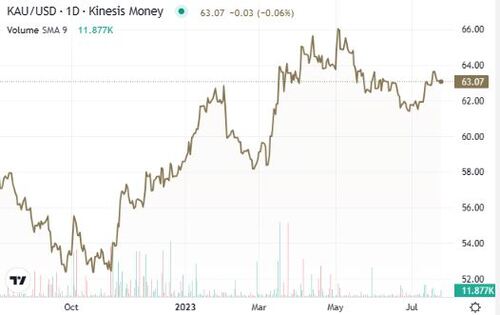
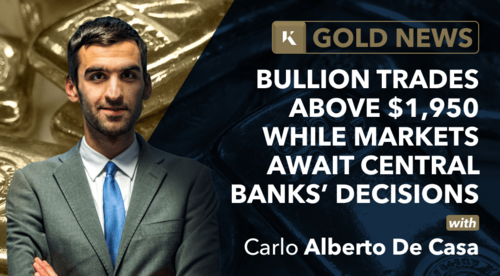
.jpg)
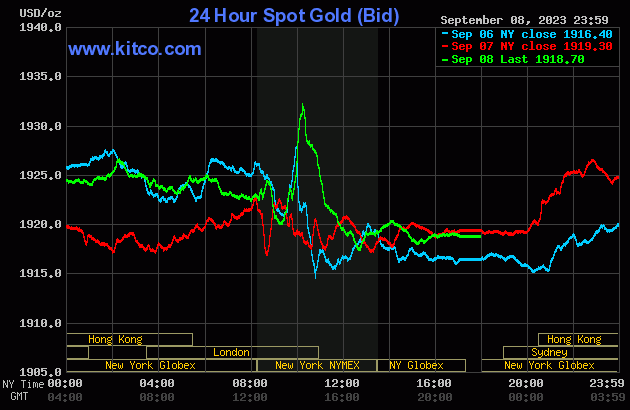
 China buys 29 tonnes of gold in August, stretches buying spree to 10 months
China buys 29 tonnes of gold in August, stretches buying spree to 10 months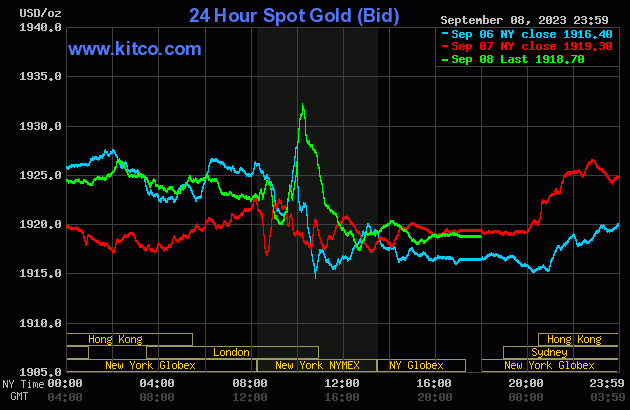
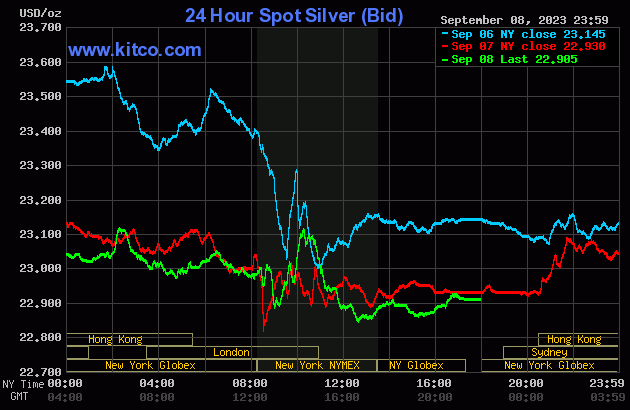




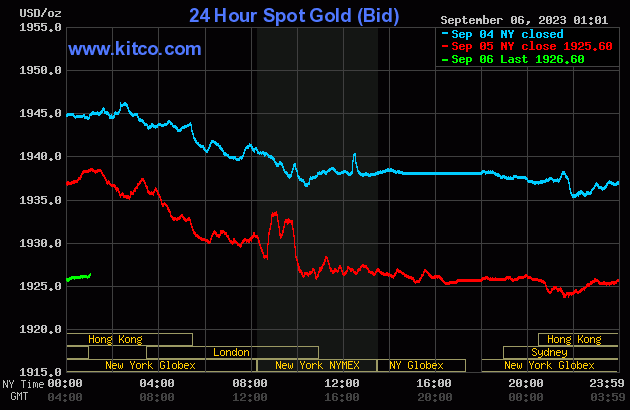
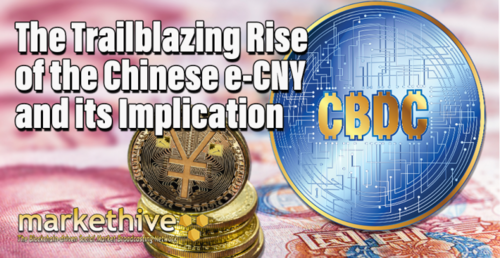



.png)


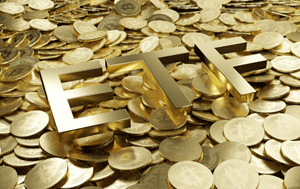 Rising bond yields drive outflows from gold ETFs, but long-term support remains
Rising bond yields drive outflows from gold ETFs, but long-term support remains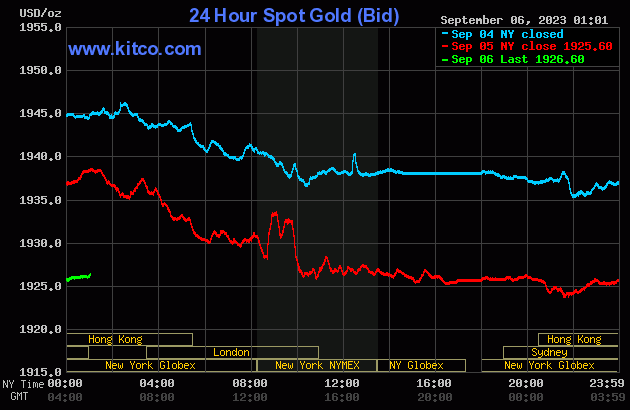
 BlackRock is buying Bitcoin miners while awaiting Spot ETF approval, is it gaining too much control over ecosystem? – George Gammon
BlackRock is buying Bitcoin miners while awaiting Spot ETF approval, is it gaining too much control over ecosystem? – George Gammon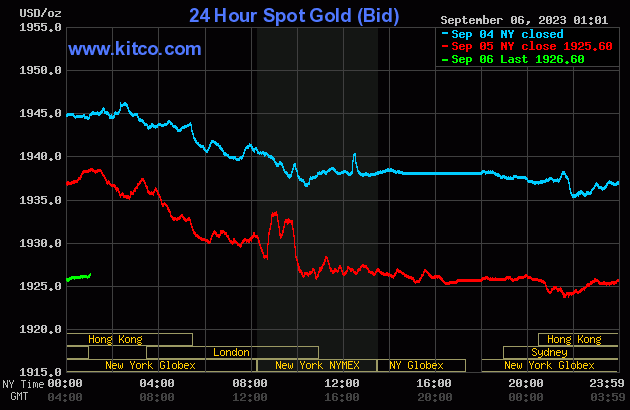
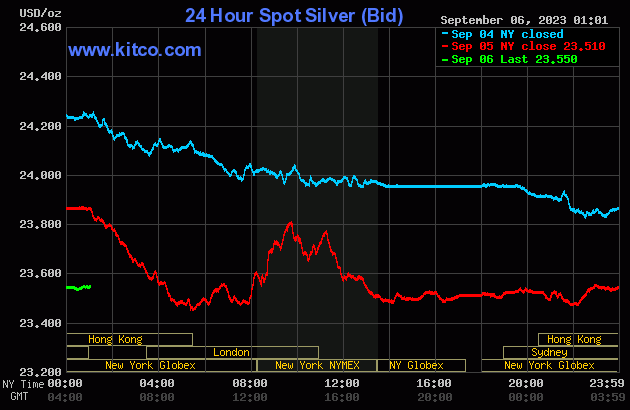
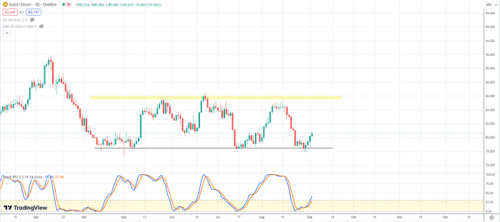
.png)
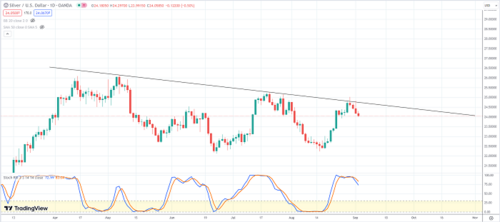
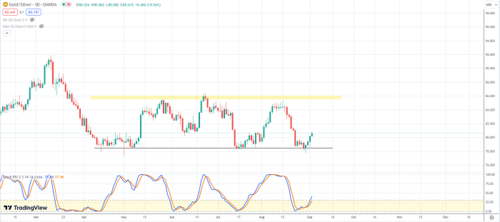


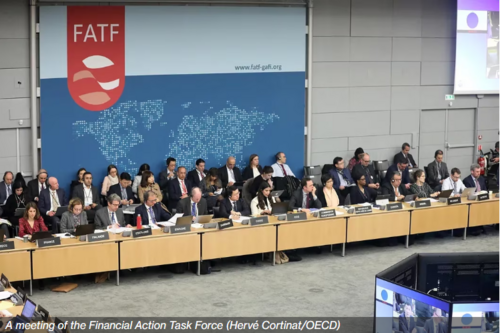
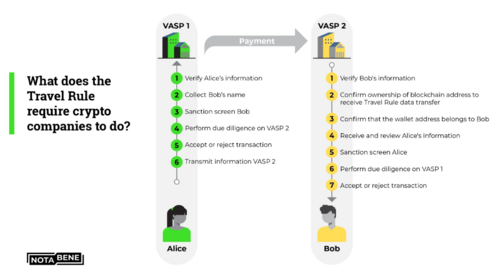
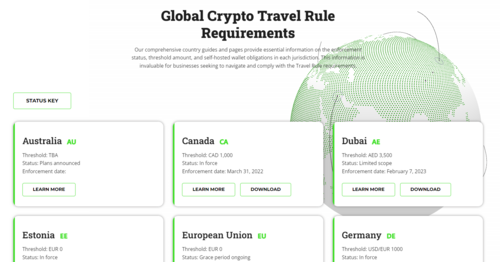
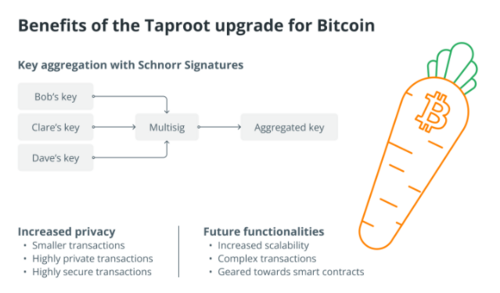

(33).gif)
